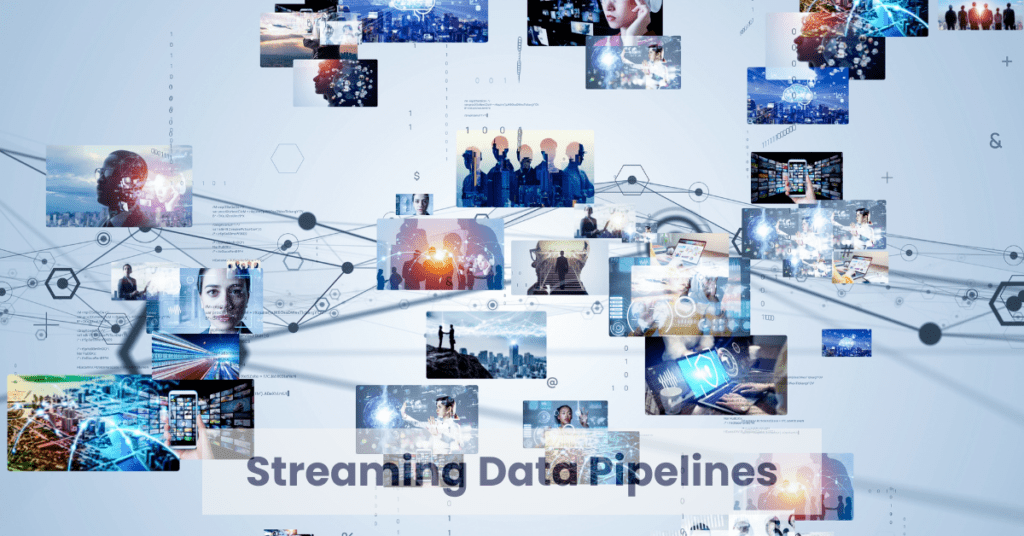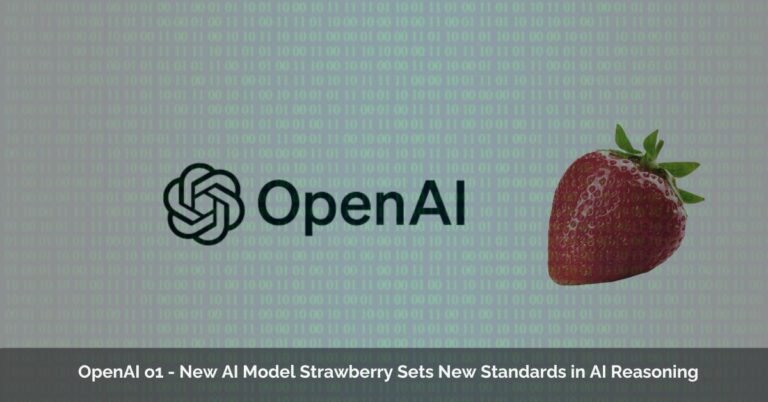Streaming Data Pipelines
In the world of big data, streaming data pipelines are a crucial technology for processing continuous, real-time flows of data. Unlike batch processing, which handles data in discrete chunks, streaming pipelines ingest, transform, and potentially store data as it arrives, enabling near-instantaneous analysis and decision-making.
Table of Contents
ToggleComponents of a Streaming Data Pipeline
- Source: The starting point, where the data stream originates. Examples include sensors, social media feeds, financial transactions, logs, and more.
- Stream Processing Engine: The core of the pipeline, responsible for ingesting, transforming (filtering, aggregating, etc.), and potentially storing the data. Popular Python libraries for this include Apache Beam, Apache Flink, Kafka Streams, and Spark Streaming.
- Sinks (Optional): Where the processed data is directed. This could be a database (e.g., for historical analysis), a real-time dashboard for visualization, or another streaming system for further processing.
How Streaming Data Pipelines Work with Python
Python is a compelling choice for building streaming data pipelines due to its:
- Readability and Maintainability: Python code tends to be more concise and easier to understand compared to some other languages.
- Rich Ecosystem of Libraries: Python offers a vast array of libraries specifically designed for stream processing, as mentioned earlier.
- Versatility: Python can be used with a variety of data sources and sinks, making it adaptable to different use cases.
Workflow for a Python streaming data pipeline
- Choose a Stream Processing Library: Select a library that aligns with your project’s requirements (e.g., Apache Beam for distributed processing, Kafka Streams for high-throughput messaging).
- Define the Data Source: Establish a connection to the source of your streaming data, using the library’s provided methods.
- Implement Data Transformations: Write Python code to manipulate the data stream as needed. This might involve filtering, aggregating, joining data from multiple sources, or performing custom logic.
- Specify the Sink : If you intend to store or visualize the processed data, configure the sink using the library’s functionality.
- Run the Pipeline: Initiate the pipeline to begin processing the streaming data continuously.
Example with Apache Beam
While the specific code will vary depending on the library, here’s a simplified example using Apache Beam to illustrate the concepts:
import apache_beam as beam
# Define a function to process each data element
def process_data(element):
# Your custom logic here (e.g., filtering, transformation)
return elementwith beam.Pipeline() as pipeline:
# Read data from a source (replace with your actual source)
data_stream = pipeline | ‘ReadFromSource’ >> beam.io.ReadFromText(‘sensor_data.txt’)# Process the data stream
processed_stream = data_stream | ‘ProcessData’ >> beam.Map(process_data)# Optionally, write to a sink (replace with your desired sink)
processed_stream | ‘WriteToSink’ >> beam.io.WriteToText(‘processed_data.txt’)# Run the pipeline
pipeline.run()
Benefits of Streaming Data Pipelines
- Real-time Insights: Enable analysis and decision-making based on the latest data, enhancing responsiveness.
- Fraud Detection: Real-time processing can help identify fraudulent transactions quickly.
- Anomaly Detection: Detect deviations from normal patterns in sensor data or network traffic as they occur.
- Personalized Experiences: Tailor recommendations, content, or promotions based on real-time user behavior.
Challenges of Streaming Data Pipelines
- Complexity: Designing and maintaining real-time pipelines can be intricate.
- Error Handling: Strategies are needed to handle errors and ensure data integrity.
- Scalability: Scaling pipelines to handle high volumes of data efficiently requires careful planning.
Conclusion
Streaming data pipelines are powerful tools for working with continuous data streams in real-time. Python, with its rich ecosystem and readability, is a popular choice for building these pipelines. While challenges exist, the benefits of real-time insights and faster decision making make streaming pipelines a valuable asset for many data-driven applications,

























